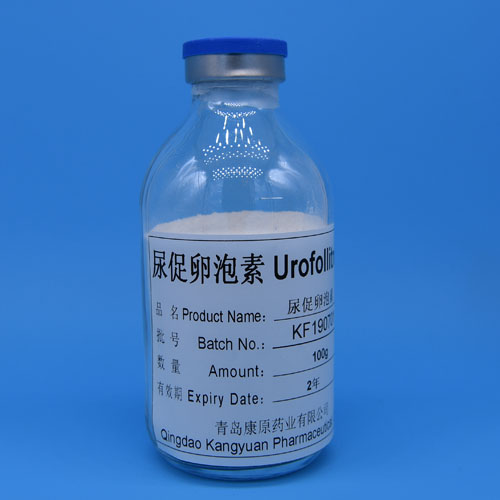Urofollitropin is a medication commonly used in reproductive medicine to
treat infertility issues in both men and women. It is a hormone that stimulates
the ovaries to produce eggs and is often prescribed during fertility treatments.
Understanding the factors that contribute to the price of urofollitropin can
help individuals make informed decisions regarding their medical options. This
article aims to shed light on the pricing aspects of urofollitropin.
Manufacturing Costs: The manufacturing process of urofollitropin involves
complex procedures to extract and purify the hormone. This includes stringent
quality control measures to ensure the efficacy and safety of the medication.
These intricate manufacturing processes contribute to the overall cost of
urofollitropin.

Research and Development: Prior to its availability in the market,
extensive research and development are conducted to test the effectiveness and
safety of urofollitropin. These costs are often factored into the final price to
recover the investment made by pharmaceutical companies.
Regulatory Approval: Getting regulatory approval from health authorities
requires pharmaceutical companies to adhere to strict guidelines and conduct
clinical trials. The expenses incurred during the approval process can influence
the final price of urofollitropin.
Packaging and Distribution: The packaging and distribution of
urofollitropin involve ensuring proper storage conditions and complying with
safety regulations. These additional costs are reflected in the price of the
medication.
Market Competition: Competition among different pharmaceutical companies
also plays a role in determining the price of urofollitropin. When multiple
manufacturers produce similar fertility medications, it can lead to competitive
pricing strategies that benefit patients by offering more affordable
options.
Insurance Coverage: The availability and extent of insurance coverage may
vary, impacting the out-of-pocket costs that individuals have to bear. It is
essential to check with insurance providers to determine the coverage for
urofollitropin and explore any financial assistance programs that could help
reduce the cost.
The price of urofollitropin is influenced by multiple factors such as
manufacturing costs, research and development expenses, regulatory approvals,
packaging and distribution, market competition, and insurance coverage. It is
important for individuals to consider these factors when discussing treatment
options with their healthcare providers. Understanding the pricing aspects of
urofollitropin can assist patients in making well-informed decisions while
navigating the complexities of fertility treatments.